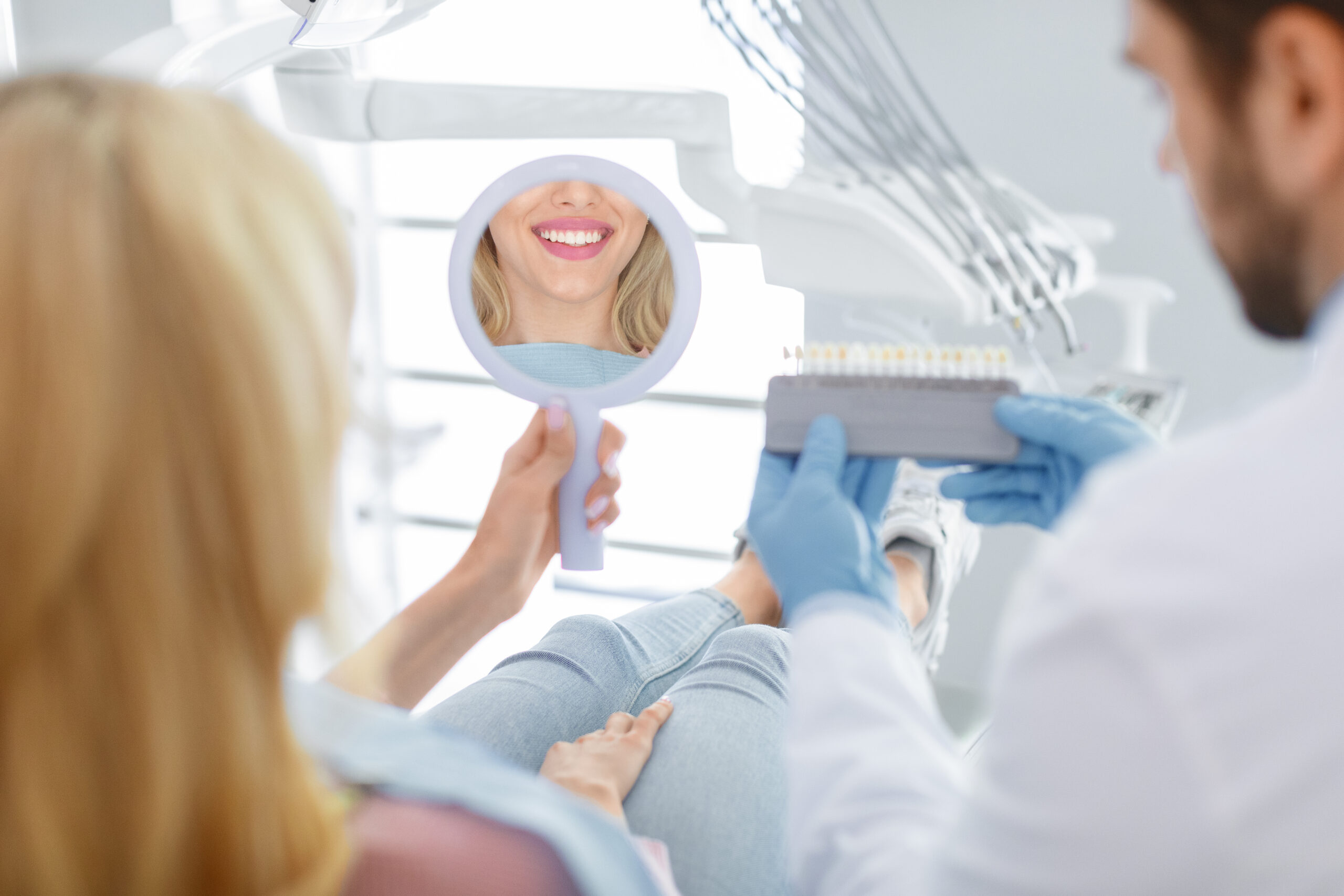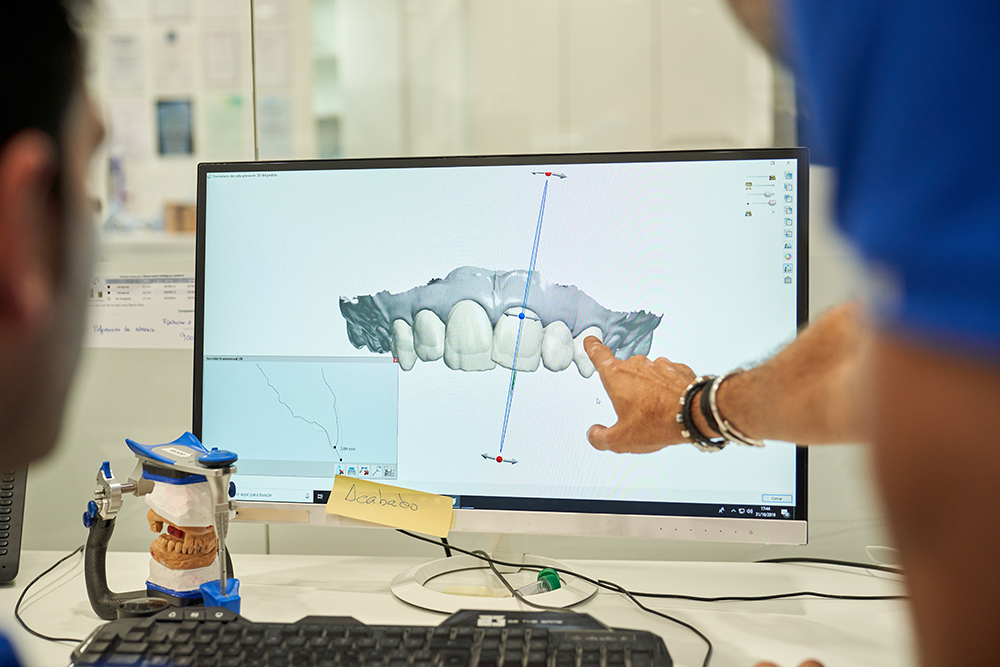Some Reflections on My Practice Transition
By Edwin A. McDonald, DDS
It is amazing to me to realize that I have practiced for more than 40 years in a relationship based, fee for service dental practice. Dentistry has become much more complex during that time. What has not changed is the need for human beings to be loved, accepted, significant, understood, and heard. Also, people who have a high value for their health seek high clinical competence and thoughtful patient management.
Two years ago, I started looking for a partner to continue providing my patients with comprehensive, relationship-based care. (My hands, back, and body had been telling me that it was time to slow down.) My primary goal in this transition was to create a future where the culture of my practice would continue, and the practice would thrive and grow.
I received a call 18 months ago from my good friend, Dr. Lynne Gerlach. She said: “Mac, I want you to meet Dr. Shawn Luck.” Lynne went on to say, “I interview young dentists every day and I rarely meet people like him.”
Shawn and I met, and I immediately understood what she meant. After a few more meetings, several phone calls with colleagues that knew Shawn well, and a thorough financial analysis, it was time for “Team Mac” to meet Dr. Shawn.
Team relationships are critical to a successful transition. Shawn was met with enthusiasm from my team. That meant we could move forward with a detailed agreement that included terms of employment and terms of practice purchase.
Shawn’s well-grounded character, confidence, enthusiasm, and intelligence were the factors that guided my decision. We both needed what each other had. I needed Shawn’s character, youth, energy, ambition, and strong desire to own a practice. He needed my clinical training, experience, and commitment to be a focused, consistent, and relentless teacher.
I began communicating the transition with my team and patients a few months before meeting with Shawn. I mailed a formal letter to my patients that said that I saw three to five years of clinical practice remaining for myself. The letter began and ended with a big thank you for their loyalty, trust, and support. It let them know that I was actively looking for a young dentist to partner with who would continue to take care of them. This letter was a huge success with a thank you from almost every patient. A few patients began to schedule pending treatment that had been on their mind.
We sent a second letter four months later to announce Dr. Luck. We began communicating about his arrival in person with enthusiasm and emailed a digital copy. The main takeaway here is that the transition immediately benefitted from consistent, focused, and abundant communication with all practice stakeholders about what we were planning and hoping for.
We are in the middle of year one and I am focusing on mentoring Dr. Luck. We are hoping to play the infinite game as we create and pass on opportunities to the next generation.
My hope for my Pankey Institute colleagues is you will surround yourself with great people that make you better. Build partnerships with them. Build trust at a deep level. Build community. Serve one another. Seek opportunities to pass on the values of relationship-based practice to the next generation. If you invite young dentists into a relationship and repeat the mentoring you received, we can all play this forward. Dr. Shawn Luck has already captured the spirit of wanting to do just that.
Related Course
Mastering Dental Photography: From Start to Finish
DATE: October 29 2026 @ 8:00 am - October 31 2026 @ 12:00 pmLocation: The Pankey Institute
CE HOURS: 19
Regular Tuition: $ 2995
Single Occupancy with Ensuite Private Bath (per night): $ 355
Dental photography is an indispensable tool for a high level practice. We will review camera set-up and what settings to use for each photo. All photos from diagnostic series, portraits,…
Learn More>










